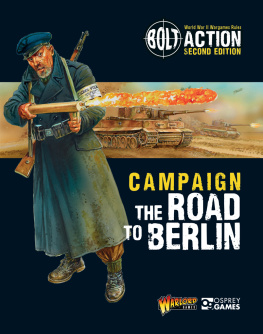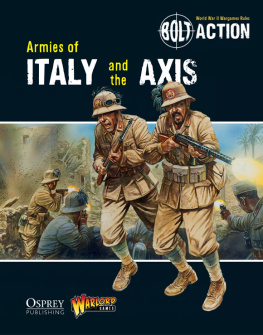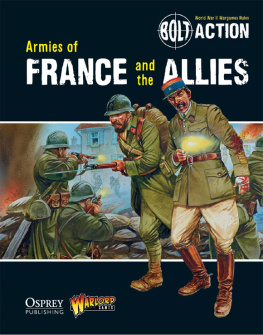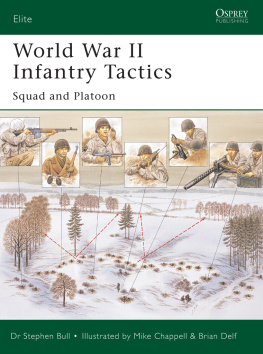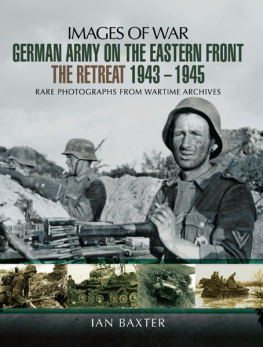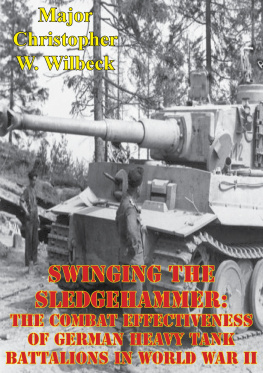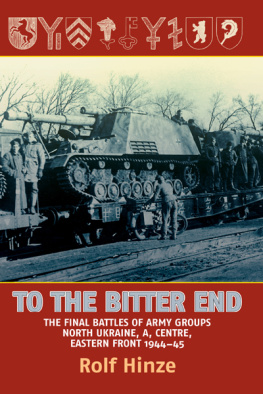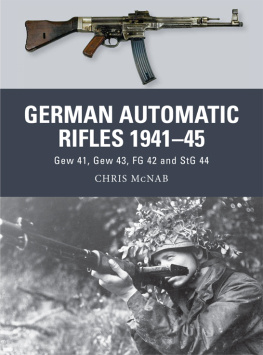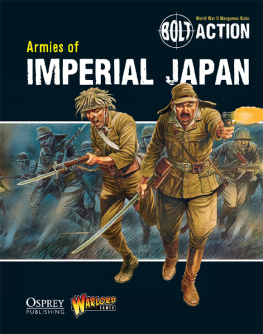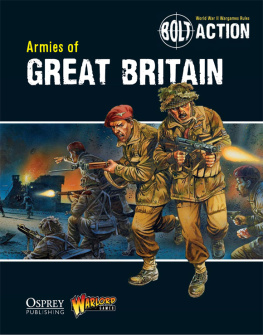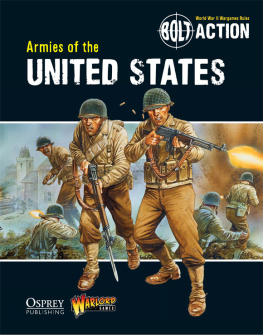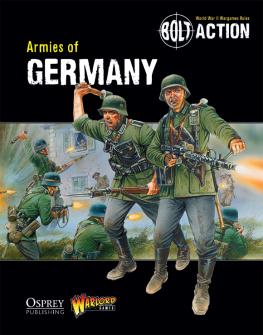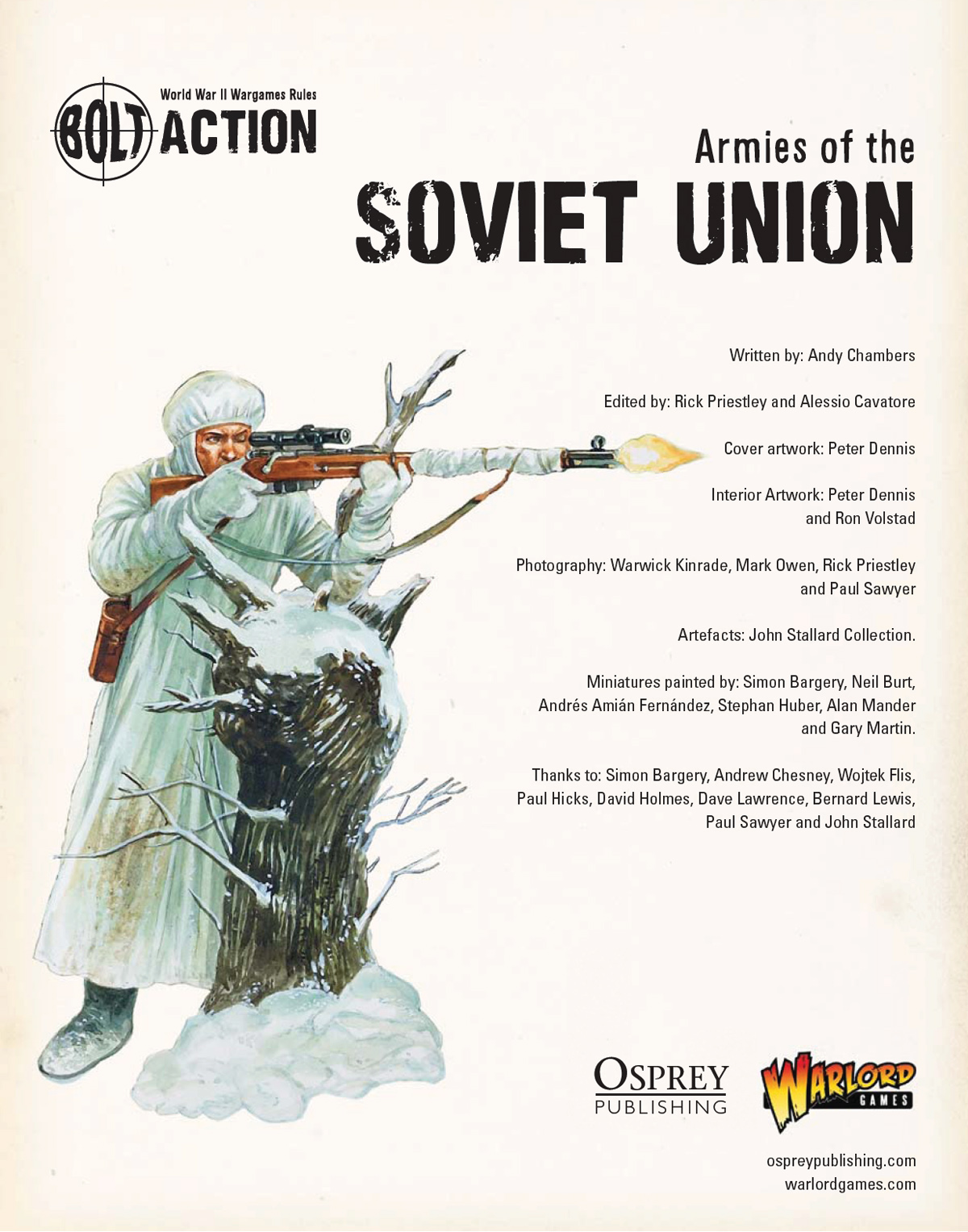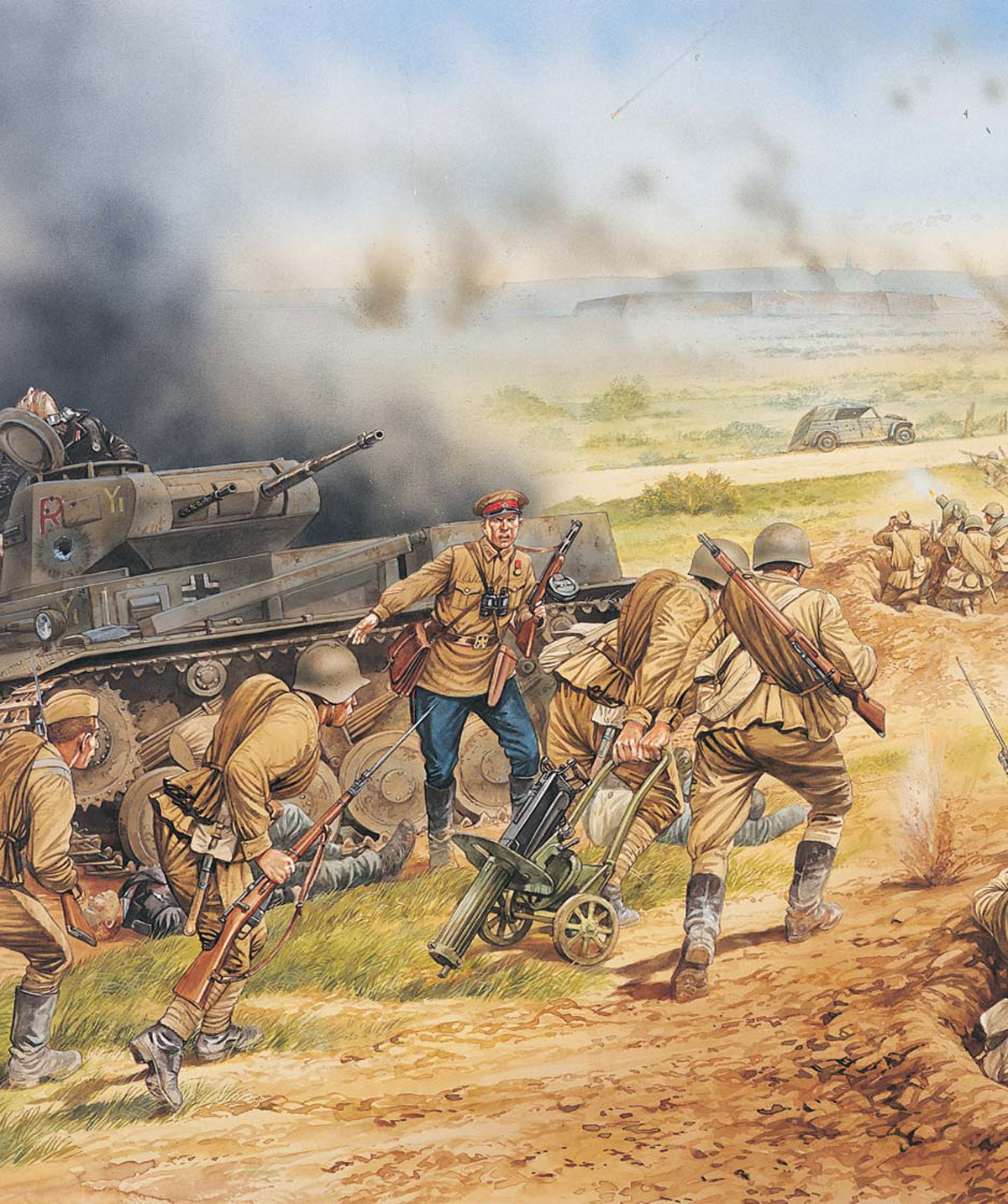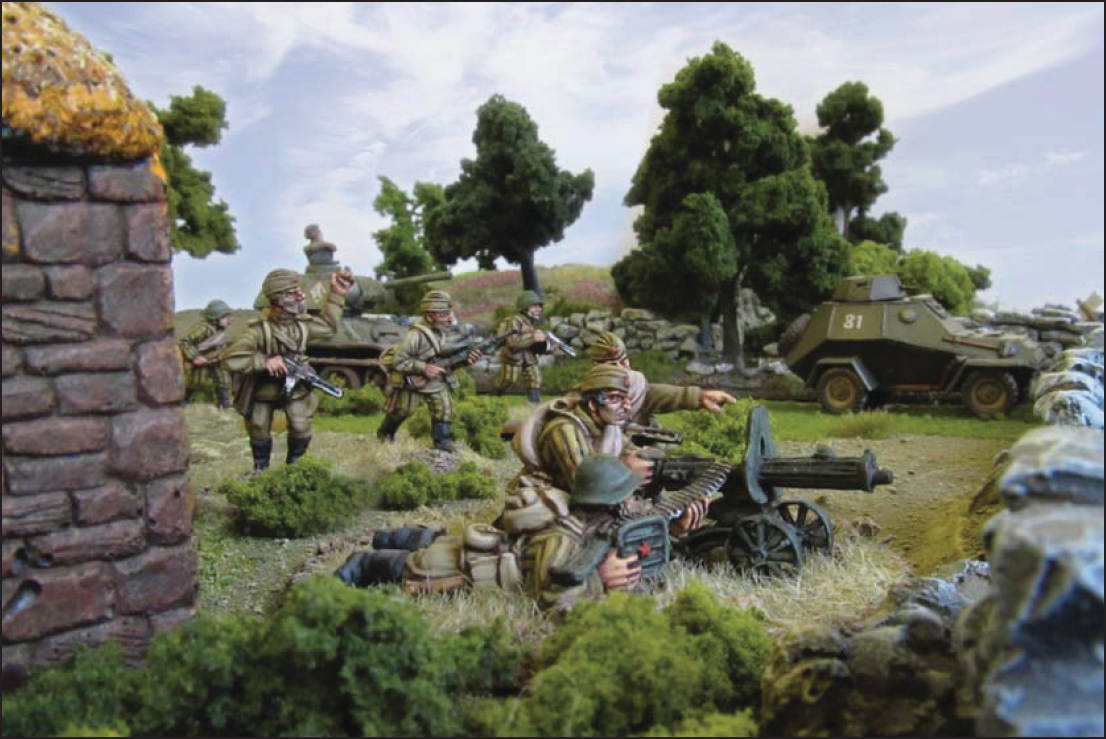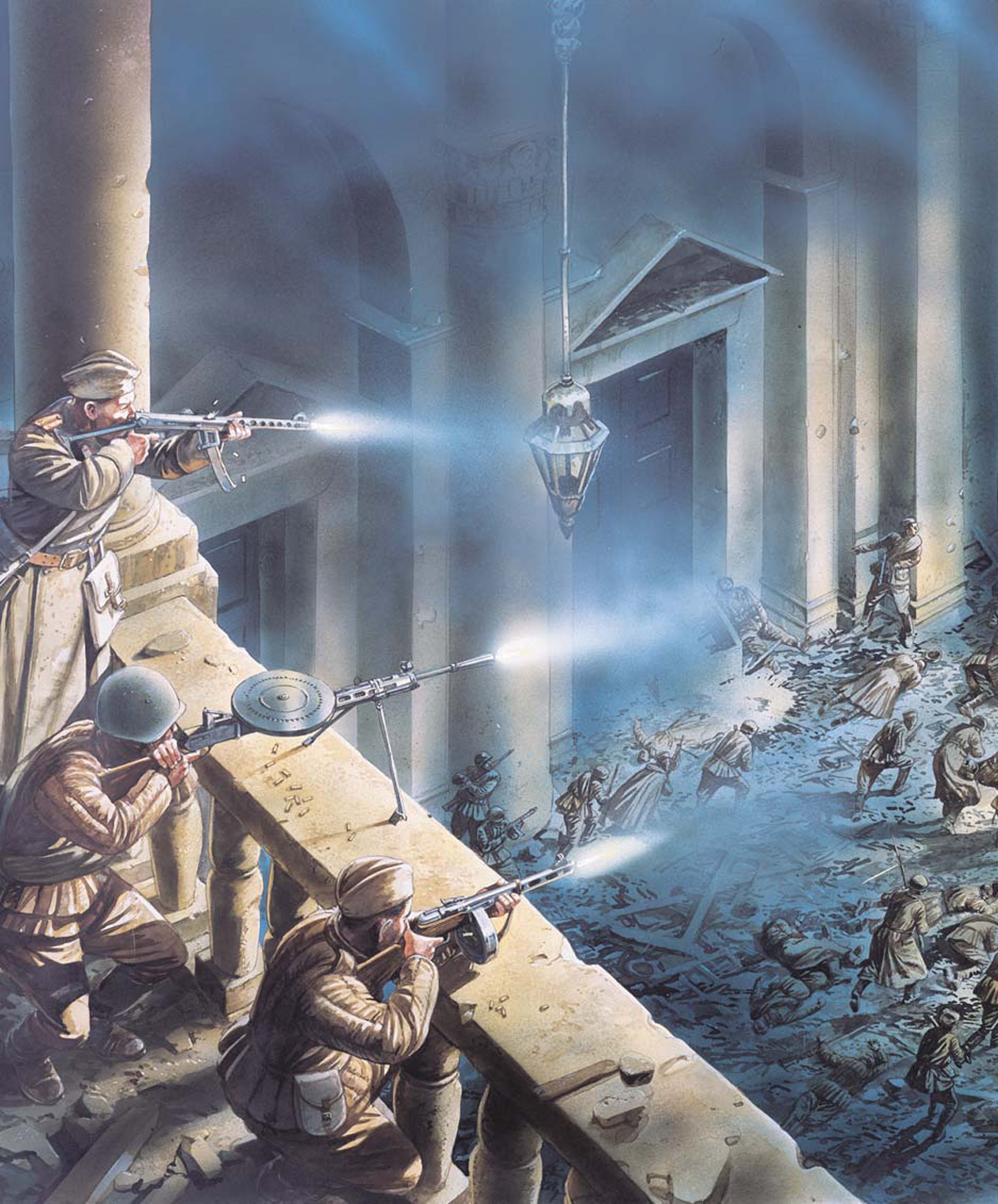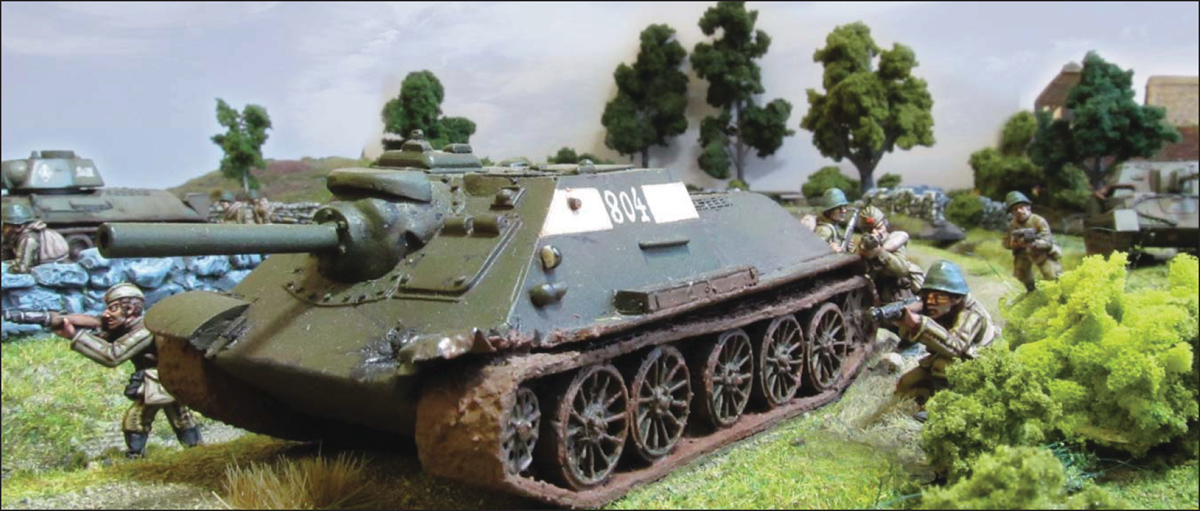CONTENTS
WHAT IS THIS BOOK?
The Soviet 8th Army attempts to break out at the Dunaburg bridgehead, 28 June 1941, by Peter Dennis Osprey Publishing Ltd. Taken from Campaign 148: Operation Barbarossa 1941 (2).
T his book is a supplement for the Bolt Action World War II tabletop wargame. It contains all the background, rules and Army List information needed to field a Soviet Army in the Bolt Action game. Inside youll find details of organisation and equipment covering the Soviet Unions Red Army forces from the beginning of what came to be called the Great Patriotic War (22 June 1941, the opening day of operation Barbarossa) to the end of the war in Europe (7 May 1945, the surrender of Germany).
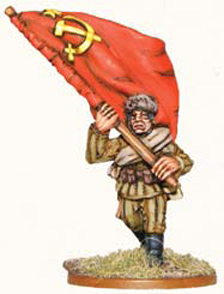
As you will see, the main Army List includes all the necessary gaming details for all the troop types, vehicles and equipment fielded by the Soviets in World War II. Alongside this main list you will find 18 specific Theatre Selectors. These indicate which kinds of troops, weapons and vehicles are available during different phases of the war and in different theatres on the Eastern Front. While the Soviet Union had the largest army in the world at the beginning of the German-led invasion, it proved no match for the elite Panzer divisions that had brought Europe to its knees. Four years of bitter fighting, unthinkable hardship and incalculable determination enabled the Soviet Union to eventually emerge victorious over Nazi Germany.
To avoid a lot of pointless repetition, the main Army List includes all the rules needed for each kind of unit as well as all the options potentially available to it. The Theatre Selectors narrow this information down as appropriate to that specific campaign or phase of the war. The Theatre Selectors indicate the predominant kinds of troops and equipment available during a campaign or at a certain time, but exceptions are perfectly allowable so long as both players agree.
A Maxim medium machine gun covers the Soviet advance
THE RED ARMY OF WORLD WAR II
The attack on the Reichstag, by Peter Dennis Osprey Publishing Ltd. Taken from Campaign 159: Berlin 1945.
The constant urge to get to grips with the enemy with the aim of destroying him, must lie at the basis of the training and activity of every commander and soldier of the Red Army. Without special orders to this effect the enemy must be attacked boldly and with dash wherever he is discovered.
Provisional Field Service Regulations of the Workers and Peasants Red Army (Peoples Commissariat for Defence 1937)
THE OCTOBER REVOLUTION AND THE CIVIL WAR
Tsarist Russia became the object of mass discontent among its subjects during the final years of World War I. Severe economic decline, repeated defeats on the battlefield, unemployment, bankruptcy and runaway debt combined to motivate a series of general strikes and popular uprisings against Tsar Nicholas II in what came to be called the February Revolution. A provisional government was formed under Prince Lvov (later Alexander Kerensky) in an attempt to mediate the demands of the workers and peasants with the military and aristocracy.
Under pressure from the Western Allies (France, the United Kingdom, the United States of America and Japan), the provisional government declared its intention to continue the war with Germany. This, and attempted repression of the peasants, led to the overthrow of the provisional government by the MarxistLeninist Bolshevik party in October 1917. This precipitated a four year long civil war between the predominantly Bolshevik Reds and the so-called White Army a loose federation of monarchists, anti-communists and nationalists actively supported by the Western Allies (who also landed their own troops in parts of Russia and occupied them for two years).
THE RED ARMY
The assorted pro-communist combat forces loyal to the Bolsheviks organised themselves into the Workers and Peasants Red Army (Raboce-Krestjanskaja Krasnaja Armija the RKKA). They fought against the White Army (as well as the anti-communist and anti-white Black and Green armies) in a wide-ranging campaign that forged the reputations of many individuals who later served as part of the Communist Central Committee. A young Josef Stalin, for example, led the Red Army forces that held Tsartisyn on the Volga river against the Whites, which led to the city later being renamed Stalingrad. From 1919 to 1921 the Red Army was also involved in the PolishSoviet war but, after initial success, suffered a major setback that (temporarily) put paid to Soviet ambitions in Poland.
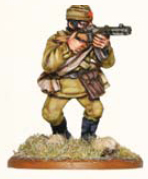
The Red Army began life as a voluntary organisation, but became a conscript force by decree of the Peoples Council of Commissars in May 1918. All males between the ages of 18 and 40 were eligible for military service. Typically, two years of full-time service were required before becoming a reservist, while career officers formed a permanent cadre. Numerous regional military commissariats (abbreviated to Voyenkomat) handled the formation and training of divisions.
Strategic direction of the enormous Red Army was provided by the Stavka, a military council of the highest ranked Red Army commanders (Stavka is derived from an old Russian word for tent). Nominally, the Stavka was presided over by the defence minister of the central committee but during the Great Patriotic War it was entirely subject to the will of Stalin and, increasingly as the war progressed, the Soviet Unions finest military mind Marshal Zhukov.
Red Army infantry support an SU-122M assault gun
The Red Army was highly progressive in its thinking in the 1930s. It embraced the role of aircraft and tanks for achieving breakthroughs in much the same way the resurgent German army was doing with its concept of Blitzkrieg. It also pioneered the development of paratroops, gliders, self-propelled and rocket artillery. Until 1933, the Red Army and the German Heer had surprisingly close ties with German officers training secretly in the Soviet Union to avoid the restrictions placed on them by the hated Treaty of Versailles. The rise of the Nazi party in Germany ended any kind of co-operation. Hitler was a vehement anti-Bolshevist and dreamt of liberating the lands of the east to create new fiefdoms for his thousand-year Reich.
The Red Army participated in several major conflicts that allowed it to test some of its theories and equipment. During the Spanish Civil War the Soviet Union gave help to the Republicans and tested their new generation of tanks and aircraft against German-built (and often German-crewed) opponents. In the Far East the Red Army fought successfully against the Japanese and Chinese armies to keep control of Manchuria and Mongolia. Xinjiang was also invaded and a pro-Soviet government installed there. The growing quality of the Red Army, however, was about to be sharply diminished.



